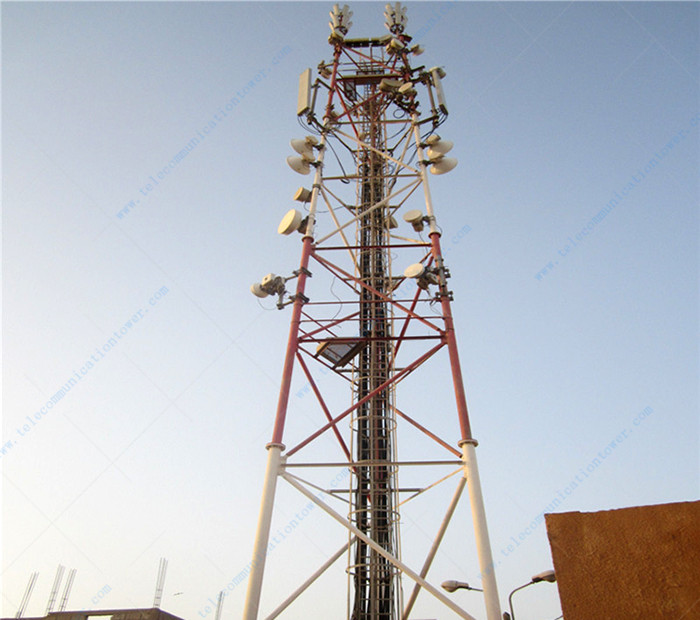What are the types of communication tower?
The emergence of communication towers has become increasingly common as people's reliance on electronic communications has increased. The dramatic increase in cell phone use and the emergence of new technologies such as wireless email and web access have created a virtual explosion in tower construction. Communications towers are used for many types of electronic communications, including radio, cellular, EMS services, and global positioning satellite technology.

There are four different types of communication towers that can be used to transmit cellular signals. Different types of cell towers can be installed for specific purposes.
Wire Pull Towers
A wire pull tower is a light to heavy duty communications tower consisting of straight poles arranged in a triangular pattern but supported by wires at various angles.
Tie towers are particularly tall, up to 2,000 feet tall, and are often used to keep antennas higher off the ground for greater signal strength and cellular reception.
In addition to cellular use, they can also be used for radio and television purposes. They are ideal for rural customers who need maximum height at an economical cost.
A monopole is a cylindrical, self-supporting aluminum or steel structure ranging from 12 inches to 60 inches in diameter. These poles are typically set on a concrete foundation about 20 feet deep at the base and taper from the bottom to the top, up to 200 feet above ground level. A triangular platform is attached to the pole to accommodate the placement of the antenna.
Single tubular masts include this type of cellular tower; due to the instability associated with using a single pole, these structures do not exceed 200 feet in height.
One advantage of this tower type is that it requires very little ground space to set up and the antenna only needs to be mounted outside the top of the mast.
Monopoles are very robust and new monopoles need to accommodate at least three operators' antennas (once established to facilitate co-location on the monopole). Up to five sets of cellular telephone antennas can be installed on a single pole.
Lattice Towers
Lattice towers, also known as "self-supporting towers", are usually made of steel and are triangular or square in shape. These towers typically offer the greatest stability and flexibility compared to other types of cellular towers.
Stealth Towers
Stealth towers can be deployed to meet zoning regulations. Because they require additional material to create a hidden appearance, they are more expensive than other towers. Their smaller size usually makes them less efficient.
Have you ever seen a painted metal tree next to a highway? This is a familiar example of a stealth tower. This structure is used when the tower needs to be hidden in plain sight. Many people consider exposed cell towers ugly or invasive, so they are designed in a way to ensure that they blend in with their surroundings. These towers can take the shape of many other objects, such as signs, flag poles, or even cacti!
Communication towers are designed in accordance with national steel design codes and tower design codes for a safe and reliable structure.
评论
发表评论